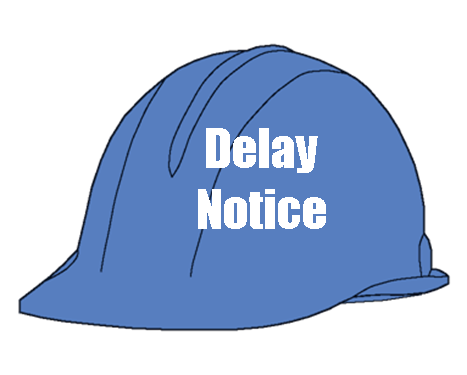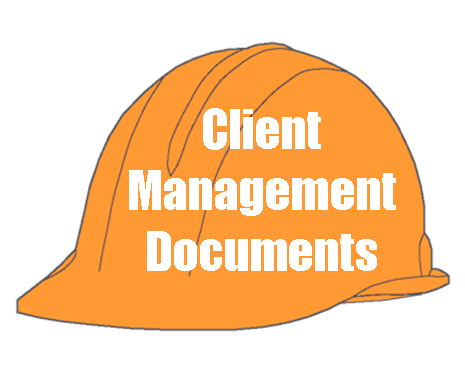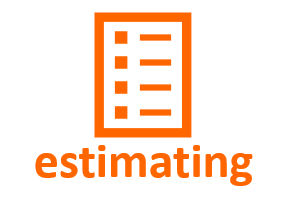CLIENT MANAGEMENT DOCUMENTS --
The Delay Notice
This discussion is presented as a matter of business management. Any action on your part should be discussed with your legal counsel. Builder-Resources.com is not a legal advisor, and is not practicing law by discussing this business document. Please refer to the Builder-Resources.com site disclaimer.
What Is the Role Of the Delay Notice?

To this point, the documents we have been demonstrating are accounting-based. The Confirmation of Instructions is a clarifying document, meant to inform the Builder precisely what changes or additions the Buyer desires. The Notice of Acceptance informs the Buyer that the Builder has reached a specific stage in the construction process and seeks the Buyer's approval. The Draw Request flows from the Notice of Acceptance, stating that the Builder has accomplished a milestone in the construction, and wants to be paid for the work.
Unlike the previous accounting documents, the Delay Notice is a confrontational document.
The Delay Notice is confrontational in that its sole purpose is to say to the Buyer "Something is wrong with our relationship, and I am calling a halt on your project until we get it straightened out".
This document is not a warning. It is a first strike. It is also one of the most important documents in your contract package.
Look at the lead statement. "Depending on the reason for this DELAY NOTICE and the speed with which it is remedied, you may experience a significant postponement of the completion date of the residence...your project will be rescheduled when time permits. The previous completion date is now voided...".
This document says that the problem which exists is so egregious that the contract will have to be changed.

Next, the reasons for the issuance of the Delay Notice are expressed. The first, second, and fourth reasons are based on non-performance on the part of the Buyer. It is important to document any delayed performance of the Buyer, because in after-the-fact activities (such as civil proceedings), lack of performance on the part of the Buyer tends to be minimized. Using this document, you log the problems in real-time.
The third reason shown above falls into the "Act of God" clause of the contract, and it is important to record that as well.

The final section of the Delay Notice discloses what action must be taken by the Buyer to remedy the situation. There is no vacillation regarding the remedy. State specifically what must be done to get production restarted on the Buyer's project.
How to Use the Delay Notice
You should show the entire series of Confirmation of Instructions, Notice of Acceptance, Draw Request, Delay Notice and Restart Notice to your Buyer at the contracting stage. You want the Buyer to understand that you take your business seriously, that you are prepared to manage the Buyer-Builder relationship, and that this isn't your first time at the rodeo.
If you choose not to use this document, or some derivation if it, when warranted, you are choosing to make yourself and your business vulnerable. Don't do that.
An Alternative to Creating Your Own Documents
The PDF and description of the document above provides sufficient information for you to replicate the document.
However, you may want to consider subscribing to the entire Client Management package, consisting of:
- a dashboard with all the important job information entered one time in one place and then distributed to all the other documents,
- interlinked Specification Change documents,
- Notices of Acceptance,
- Draw Requests,
- Delay Notices, and
- Restart Notices.
- More than an hour of instructions and suggestions for how to use the documents
All important information is shared between the documents, reducing input error.
You simply install the entire package into each job file so all the Client Management documents you need are at your fingertips.














